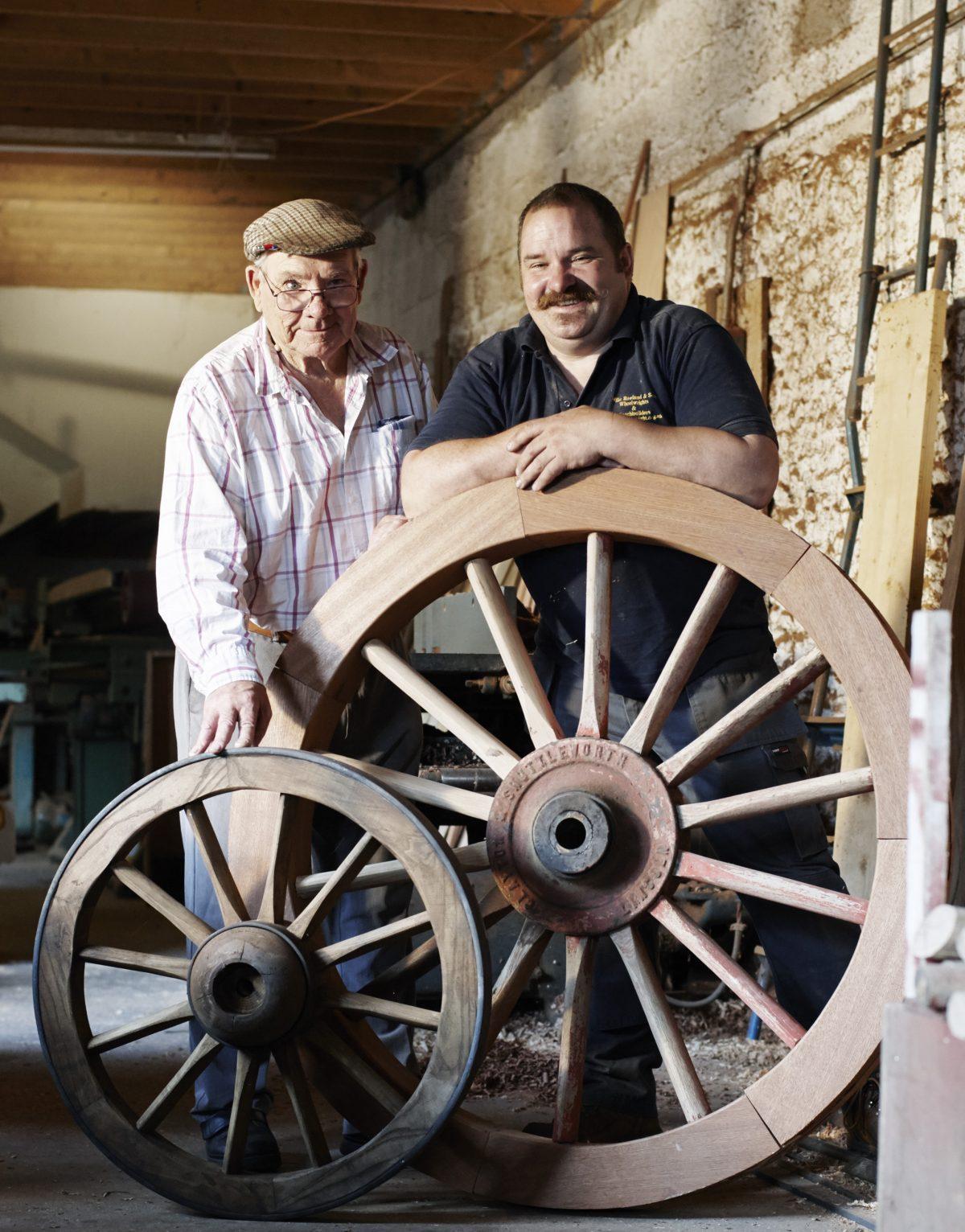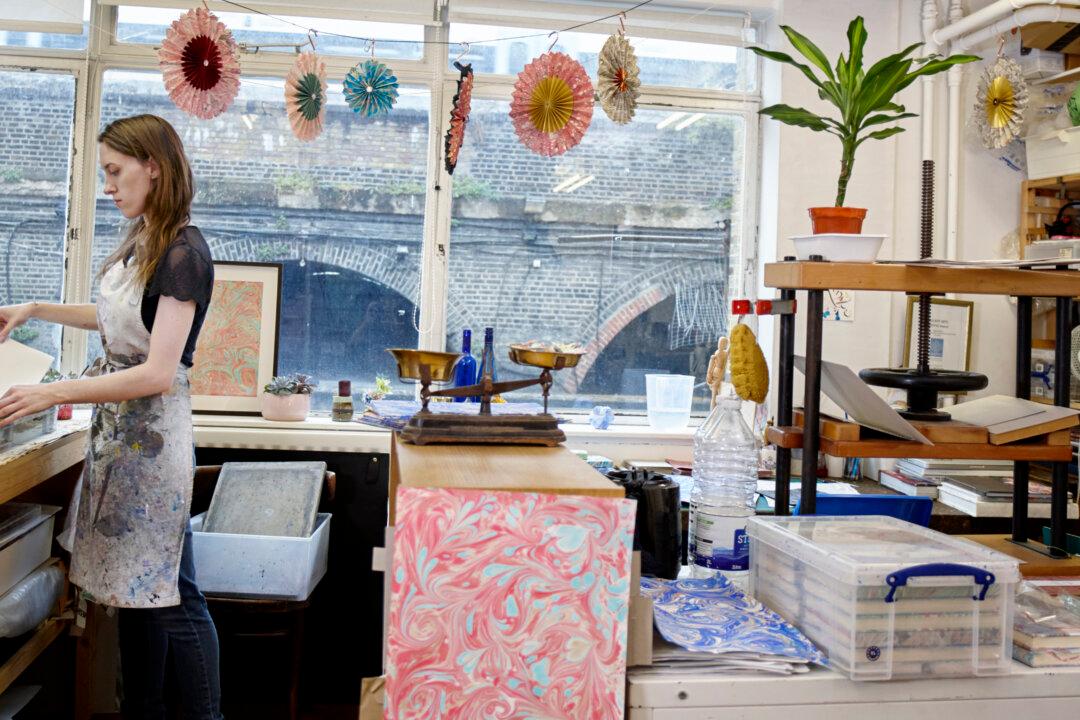Traditional craftsmanship is diminishing worldwide. We wouldn’t let our museum collections decay and disappear, so why do we allow this to happen with our intangible heritage, asks Daniel Carpenter, research manager at the Heritage Crafts Association (HCA), a UK-based charity.

Father and son Mike and Greg Rowland build coaches and cartwheels. The trades have been in their family since 1330. Rankin Studios






